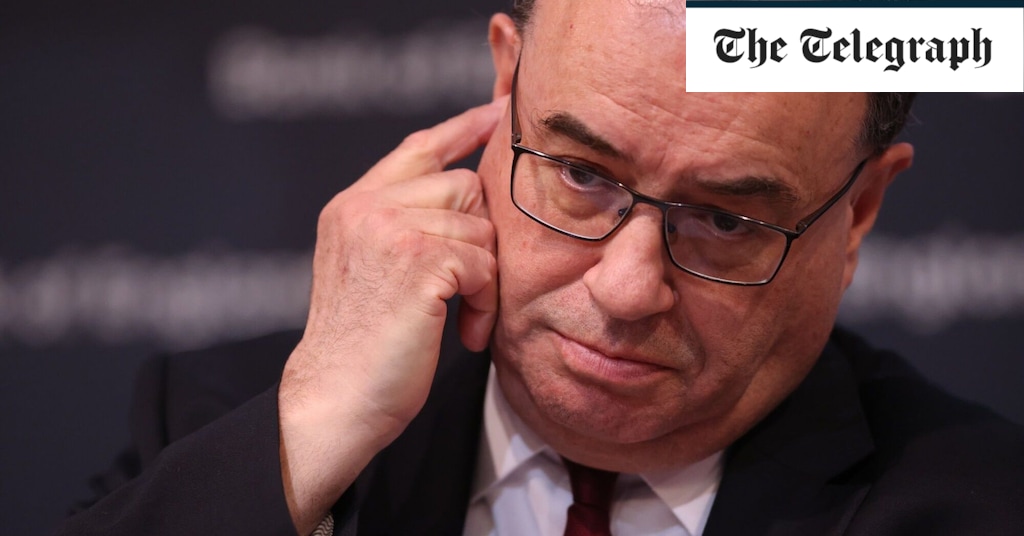The result is that even if nominal interest rates fall below the official 2% target in the coming months, as seems likely, they could pick up again later this year.
This is already happening in the eurozone, where headline inflation, core inflation and services inflation all rose in May. Although the ECB has cut interest rates last week, markets are less confident that it will make further interest rate cuts soon.
Secondly, the outlook for the UK labor market is more uncertain than normal.
This partly reflects doubts about the reliability of the data. But some MPC members will also want more assurance that ongoing labor shortages and the big increase in the National Living Wage in April will not fuel a so-called wage-price spiral.
Thirdly, and more positively, the UK economy is doing better than expected.
Growth was surprisingly strong in the first quarter of the year, and more current business surveys suggest there is still plenty of positive momentum.
The CBI is the latest body to revise its forecasts for the UK economy, forecasting growth of 1% in 2024 and almost 2% in 2025, driven by a recovery in consumer spending.
Fourth, as the Bank finally pays more attention to monetary aggregates, it is only fair to recognize that broad monetary system growth has picked up to a three-month annualized rate of around 5%.
This is consistent with significant growth in activity and indicates that the risks of nasty deflation have disappeared.
I haven’t mentioned politics yet. Many have argued that Rishi Sunak’s decision to call a general election for July 4 means we should rule out a rate cut at the next MPC meeting on June 20.
I’m not convinced. Some cynics have suggested that the Bank will not want to please the Conservatives by cutting interest rates in the run-up to the election, or at least that the MPC will want to avoid any perception of bias.
But this works both ways. If there are clear economic arguments for a rate cut and the MPC still does nothing, the Bank could be accused of helping Labor.
In fact, there have been several occasions when at least one MPC member has voted for a change in rates during an election campaign. It is therefore still possible that others will join the two members who are already calling for cuts.
However, this should be justified by the new data, and market expectations for a June rate cut are now extremely low. Unless this changes dramatically in less than two weeks, most MPC members will be reluctant to spring a surprise so close to the ballot box.
Nevertheless, whether the first step comes in June or August, there are still strong arguments for a summer interest rate cut.
For starters, the latest inflation news was indeed reassuring.
Business surveys show that retail price inflation fell further in May, including food price inflation. The PMI survey shows that services inflation is also declining. The stronger pound and renewed decline in oil prices will also help a bit.
In the meantime, the labor market continues to cool.
The Bank of England’s own Decision Maker Panel survey showed that expectations for wage growth for the coming year fell from 4.6% in April to 4.1% in May. There are no signs of a wage-price spiral there.
The starting point is also important. The official Bank of England interest rate, 5.25%, is well above what could be considered a “neutral” level. It is also higher than in the euro area, where the interest rate on deposits now stands at 3.75%.
British interest rates could therefore be cut somehow and still have a negative impact on inflation, especially if the Bank continues its relatively aggressive government bond selling and thus reverses its policy of quantitative easing.
Finally, the revival of economic activity and confidence is rooted – at least in part – in the hope that falling inflation will allow the Bank to cut interest rates.
According to the Bank’s own staff forecasts, inflation will fall to the 2% target and remain around there, even based on market expectations of a series of rate cuts.
If the MPC fails to deliver results quickly, an extended period of unnecessarily high interest rates could still destroy the recovery.
Julian Jessop is an independent economist.
